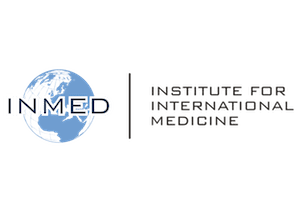Overview
This full-service hospital is located along the northern coast of Honduras and serves a community characterized by the full range of diseases of poverty. Medical care is provided by a largely American staff and includes outpatient consultations, inpatient care, general surgery, obstetrical and ophthalmology services. Students and volunteers must be able to function independently in Spanish.
Hospital Loma de Luz is very interested in sharing their vision and experience with healthcare professional students, who are invited to participate in the full scope of activities. Assigned roles and responsibilities will be in proportion to a student’s skill, with provision of full supervision. Students will especially appreciate the opportunity to observe how the local culture, behavior and economy influence physical health.
